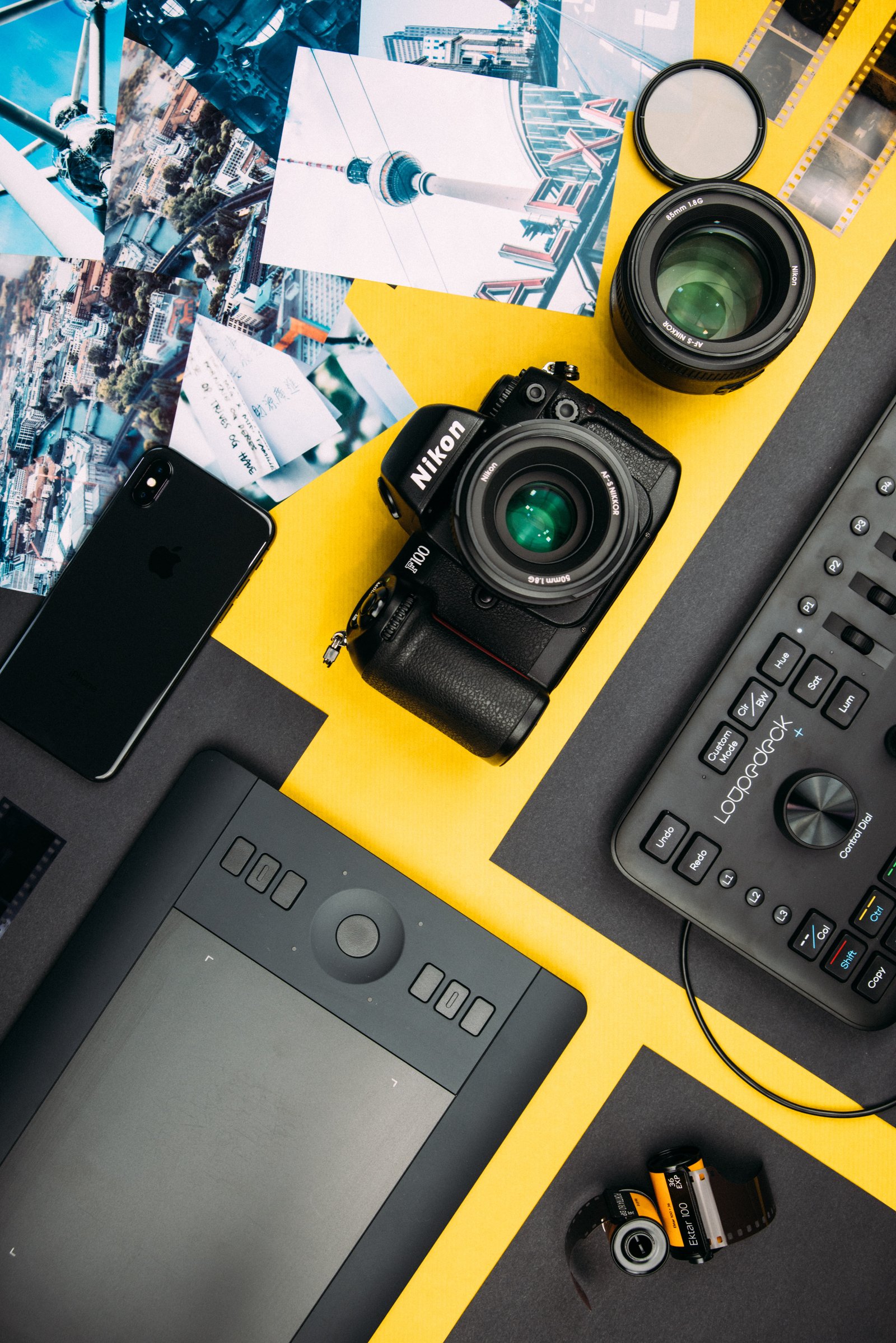Is your brand just starting up and unclear about its aesthetic identity? Or have an established brand and want to go about visually revamping?
Aesthetics – the purely visual elements – are the first thing your brand identity is judged on by your audience. Whether they do so consciously or subconsciously, everyone ‘judges a book by its cover’ to some extent. 90% of information processed by the brain is visual, so good visual content is crucial to your marketing efforts.
Your aesthetics are the first impression your audience has of your brand, and can tell them (correctly or not) what values you hold, the quality of your goods/services, and, ultimately, whether or not they want to buy from you. It takes a person just 50 milliseconds to form a first impression. Since you can’t read more than a single word in that time, it’s all about the visuals to make that first impression a good one.
Your aesthetic identity is the very first element introduced to your potential customers: the make-or-break of whether or not they want to engage further. Your aesthetic identity should immediately indicate to your audience who you are as a brand.

This article covers the basics of graphic brand identity, giving you the knowledge to represent your brand aesthetically in the ways most true to your values and goals.
What is Brand Identity?
Your brand identity is how you, as a company, are perceived by your audience. It’s more than just your aesthetics, but your actions too. Everything that you do and how you look as a brand comes together to form your brand identity – it’s basically how you present your brand to the world.
Where to start: Who are you as a brand?
Not sure as to who you are as a brand? The first step in creating a brand identity is to establish what you currently represent on this day, and what you desire to represent through your brand identity. Try asking yourself the following questions:
- What are you aiming to do with your product/service? What is the ultimate purpose of your brand?
- What are your values? What do you, as a brand, believe strongly in?
- What kind of voice and personality does your brand have? Playful? Serious?
- How are you unique? What sets your brand apart from all others in your field?
Answering these questions should get you more acquainted with your brand identity. Once you’ve established your brand identity, you need to represent it through aesthetics that will best represent you to your audience.
What needs designing
Logo
Your brand’s logo is of utmost importance. It’s the ultimate representation of your brand – your entire identity condensed into a single icon.
The best logos are simple, recognisable and unique.
A logo needs to be simplistic enough to be readable/understood when printed small (e.g., on a business card) and still impactful when blown up (e.g., on a shopfront). Think about where your logo will feature and at what scale(s) it will be viewed – it needs to make an impact at all those scales!
A logo needs to be recognisable and unique so its audience can immediately identify it as the marker of your brand and not get it confused with a rival’s! If your brand’s logo is too similar to another’s and confuses its audience, customers could be lost to your rivals. Confusion with another brand could also damage your established reputation- particularly if the brand you are confused with doesn’t share your values.
Make your logo simple and unique to maximise its positive impact on the audience.
Website / Virtual materials
Your website and virtual materials (think social media presence, online ads, etc) should also aesthetically represent your brand’s ethos.
It’s also important for your whole online presence to be visually cohesive; throughout all your website and virtual materials it’s best to stick to one colour scheme, the same font/s, and a similar visual ‘feel’. This will project a sense of consistency, reliability and professionalism to your viewers.

If your website and other virtual materials are well designed and cohesive, customers will be more likely to be convinced of your brand’s good repute.
Packaging
Even though its audience is your existing customers – those who have already purchased and received your product/service, it’s important to maintain high quality throughout your packaging.
Well-designed, attractive and brand-appropriate packaging will aid in convincing your existing customers to purchase again.
Design elements: what to consider
Colour
Colour can be an effective visual communicator of mood. Think basic colour association: yellow for happiness and warmth; green for the natural world and freshness; black for formality and sophistication, etc.
Colour association has the power to influence your actions and opinions about a brand. You might have noticed how many fast-food chains use red in their logos. While the proposed explanations for this are varying – from red imitating ketchup, causing the viewer to think about sauces and the fast-food that would accompany them, to the myth that red is some subliminal cue to become hungry – the real explanation is likely simpler.
Red is commonly associated with urgency (think big red SALE signs), excitement, boldness – all feelings that, should potential customers feel, fast-food companies would benefit from. You might, upon seeing a red fast-food sign, feel urgent or excited to eat there, or the bold red might simply catch your eye while you’re looking for somewhere to eat.
Facebook and Twitter both utilise blue in their logos and design. Blue is often associated with trustworthiness, reliability – qualities a consumer would value in news outlets. According to a TechCrunch report, one-third of Americans get their news from these sources. We’re not saying it’s entirely down to colour, but the way a brand uses colour in their marketing can greatly influence how users see that brand.
Font
Font can also communicate certain aspects of your brand’s identity. Like colour, the shapes, lines and forms of fonts can subliminally influence viewers. You can use these associations in a way that positively impacts your brand’s perception.
Serif: Serif fonts can appear more classical or old-fashioned, and therefore instil in your audience the impression of trustworthiness and experience.
Sans serif: Sans serif fonts generally appear more modern, and so make your brand appear so too.
Script: Script fonts (cursive fonts) often feel more like handwritten type. Depending on the formality of the script font, it can imbue your brand either with a sense of familiarity or elegance.
Display: Display fonts are those fonts less suited to large blocks of text- more elaborate, but not hugely readable. These types of fonts should be saved for logos and headings, but if used can make your brand seem exciting, with an attention for detail.
Fonts massively impact both the readability of your website and the way your brand comes across to consumers. Certain fonts communicate class, others demonstrate light-heartedness. Have you ever visited a sight and been immediately turned away by its ghastly use of Comic Sans? It might not make that big of an impact on its own, but your choice of font really does matter!
Summary
Graphics are a vital part of your brand identity. It’s important to carefully consider what kind of message you want to communicate with your brand’s aesthetics. Make sure they match your brand’s values and aims in order to give your audience and potential customers the right impression.
If you need some more tips on constructing your brand identity, get in touch with Floodmaker’s experts to see where we can help you!
